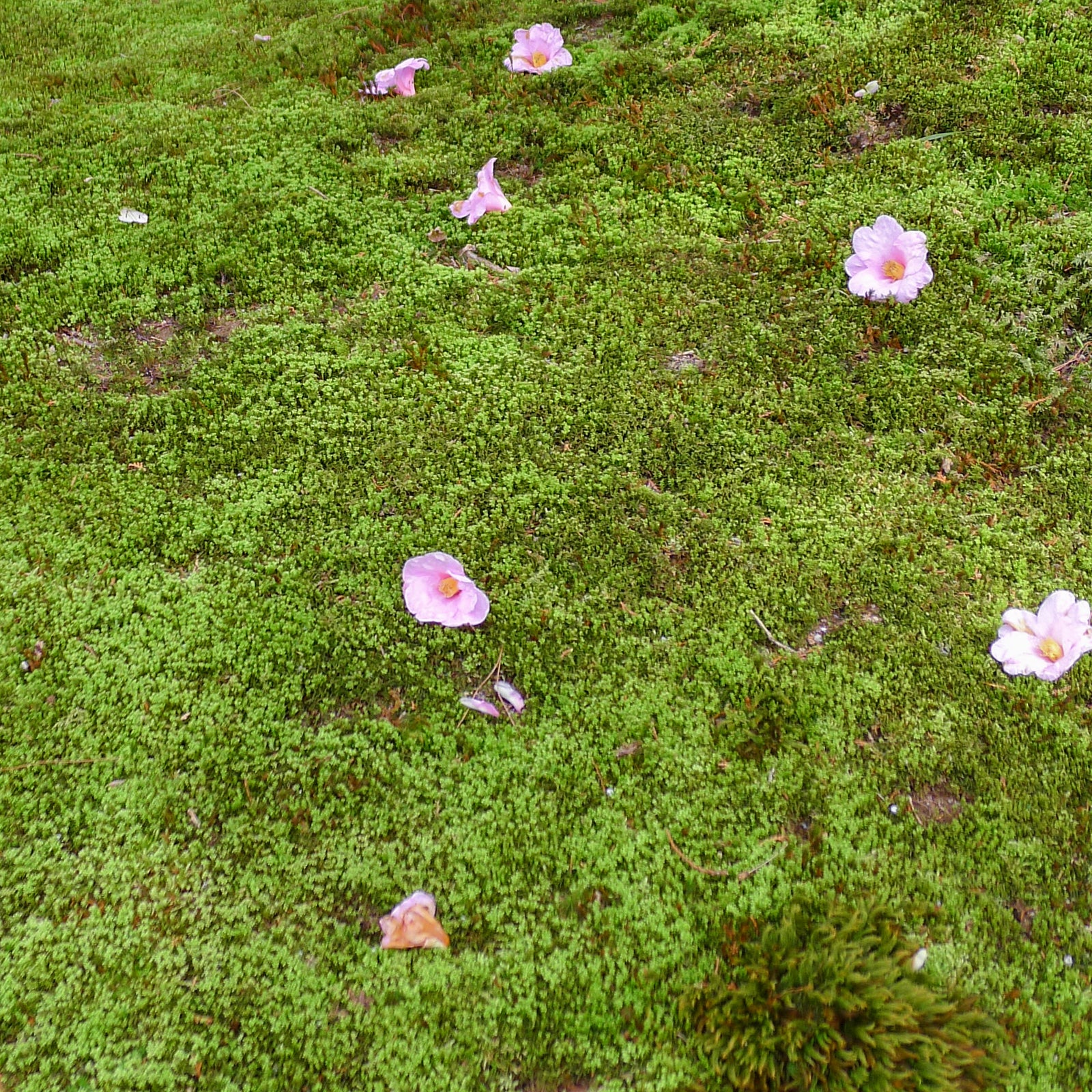
Zen Buddhism, tea ceremony, poetry and the samurai lifestyle produced a rich vocabulary of aesthetic terms which were allowed to evolve and develop through Japan’s period of isolation.
‘Wabi’ and ‘Sabi’ both emerged during this time and have now been combined into one idea. The Wikipedia definition of wabi-sabi is “a world view centered on the acceptance of transience and imperfection” and it is a good entry on Wikipedia, although maybe ‘affirmation’ would be a better word than ‘acceptance’.
Zen Buddhism encourages an intuitive, anti-intellectual mindset which discourages rational examination and precise definitions and many Japanese still feel wabi-sabi is too hard to translate and it can only be felt. But nonetheless several authors have given it a good go and are worth reading, for example: Koren, Keene, Richie, Juniper, and Suzuki.
Leonard Koren starts with: “Wabi-sabi is a beauty of things imperfect, impermanent and incomplete”. Both Koren and Richie leave their descriptions of wabi and sabi open-ended and incomplete with few concrete examples – allusion, poetry and metaphor are more useful in trying to grasp the ideas behind wabi-sabi.
In the end wabi-sabi resists translation, definition and analysis. Much of wabi-sabi, both in Japan and abroad, is an affectation and a construction. Just like any aesthetic concept, as soon as someone attempts to define it, objects are collected and revered, it comes in and out of fashion, and the concept is exploited and co-opted.

